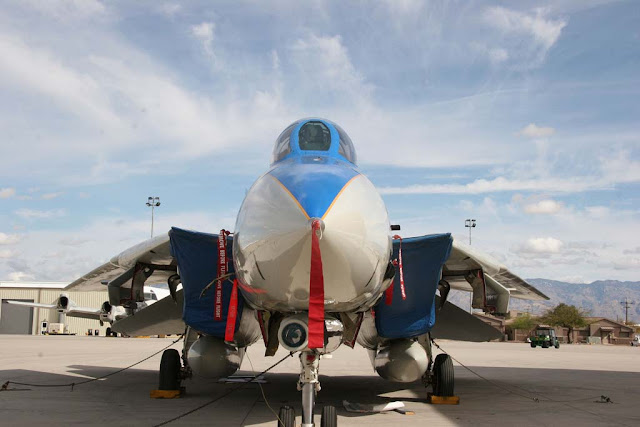The final development of the Loening Amphibian series, the XO2L-1/2 was developed for carrier and battleship use. Only one aircraft of each type was built. The XO2L-1 had BuNo of 8525 and the XO2L-2 had the BuNo of 8606. Both aircraft tested and utilized by the US Navy, however no production contracts were forthcoming for either version. Here is a photo from NARA of the XO2L-1 sitting in the water with the landing gear retracted. Interestingly the designation on the rudder of 8525 in this February 24, 1932 photo is painted as XO-2L! 72AC-44E-1354-XO2L-1-8525-Left-Side-View During the testing program which involved deployments on several different ships, the XO2L-2 was captured in this photo aboard USS Saratoga. As can be seen in closer examination the fin and rudder have been lengthened and the addition of additional of fins on the top of the horizontal stabilizer is visible in this image. CV3-201221 XO2L-2 8606 On board USS Saratoga October 12,1932 CV3-201222 X...






